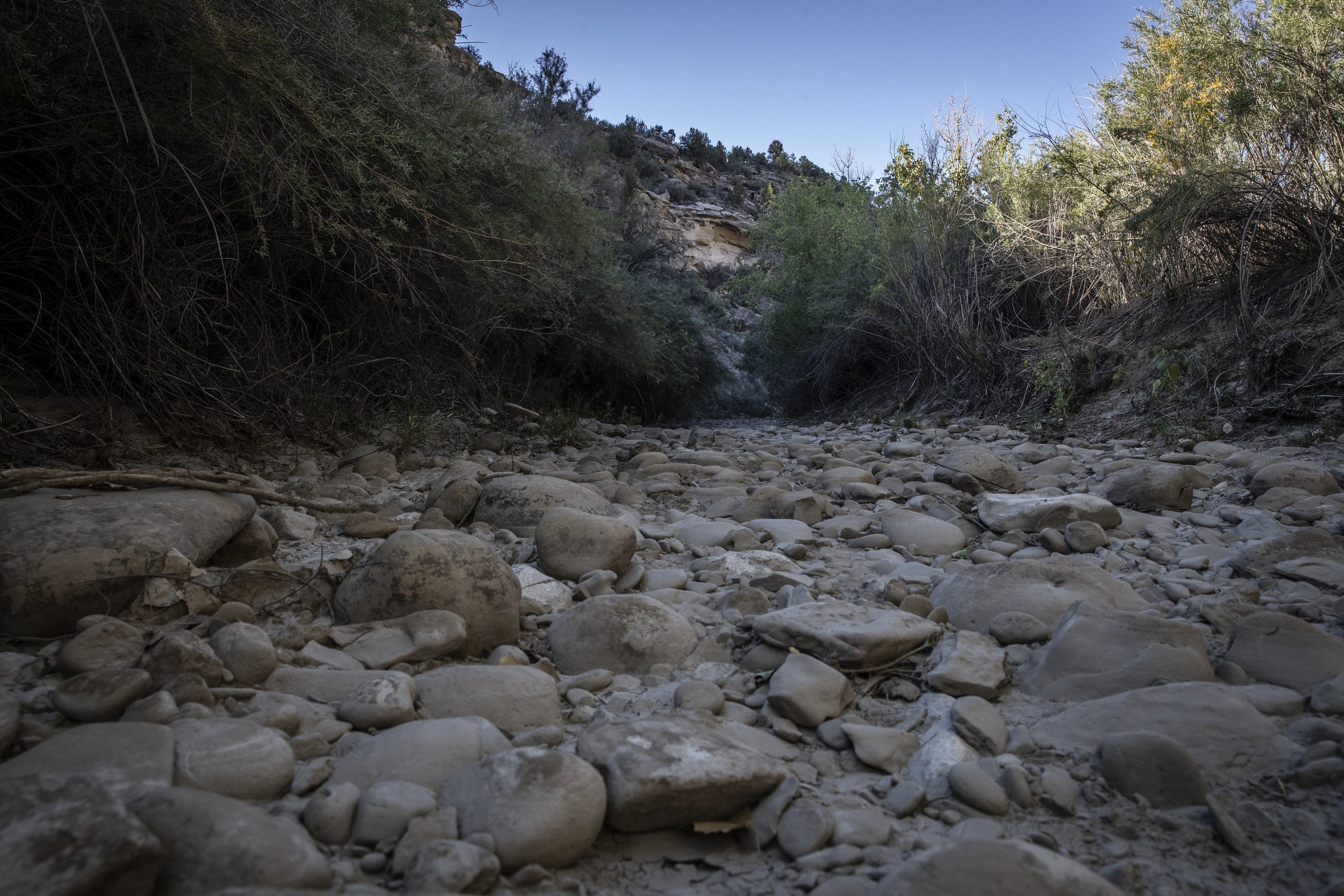What is Indigenous Sovereignty
What is Indigenous sovereignty? The Merriam-Webster online dictionary tells us that indigenous sovereignty is “supreme power especially over a body politic,” or “freedom from external control.” But in practice, Indigenous sovereignty means much more than that, and means different things to different people.
We typically think of Indigenous sovereignty as something akin to the standard dictionary definition above. A friend of mine at the Ute Mountain Ute Tribe in southwest Colorado recently told me that Indigenous sovereignty meant “life” - the freedom to pursue all aspects of Indigenous life. This really resonated with me, and is certainly more comprehensive than Merriam-Webster might have us believe. Water sovereignty, food sovereignty, energy sovereignty, and cultural sovereignty are just a few examples of what Indigenous sovereignty may mean to different people. At Trees, Water & People (TWP), we are honored to work with our Tribal partners in myriad ways that support Indigenous sovereignty.
At the Ute Mountain Ute Tribe (UMUT) in southwest Colorado, northwest New Mexico, and southeast Utah, water is scarce. Tribal lands are located in the high desert, and the Mancos River, the largest body of surface water on the Reservation, is drying. Climate change, land management practices, and upstream irrigation diversions have resulted in low flows, and the Mancos no longer reaches the San Juan River, as elders recall from their youth. TWP’s Indigenous Lands Program has been working with the UMUT Environmental Programs Department to improve water quality and quantity in the Mancos River by building ecosystem resilience in its adjacent riparian areas. Thousands of acres of native riparian areas in the Mancos Canyon have been invaded by non-native tamarisk, a phreatophyte pervasive in the southwest that increases salinity and diminishes water quantity in riverine systems. Currently, we are working together to restore nearly 115 acres of riparian areas in the Mancos Canyon, and collaborating on a watershed-wide effort to improve ecosystem resilience across the Mancos Watershed.
In our combined effort to protect tribal land & water sovereignty, another resource is at the forefront of our minds: preserving culturally important plants that are harvested every year for food, shade, and ceremony are native to the riparian areas along the Mancos River. By working to protect tribal water sovereignty along the Mancos River, we simultaneously protect the plants essential to the preservation of traditional culture, or cultural sovereignty. In this effort, we make small steps together to support Indigenous sovereignty, or “life.”



